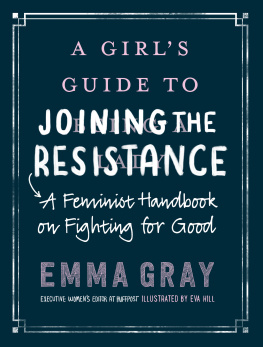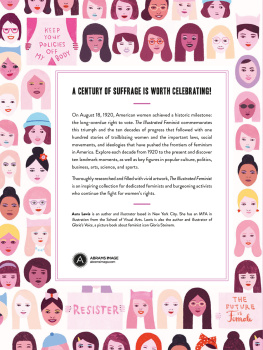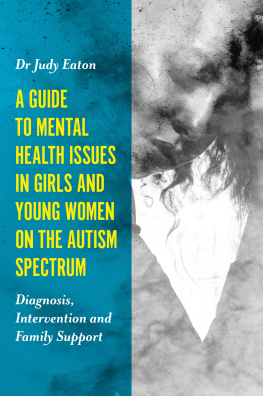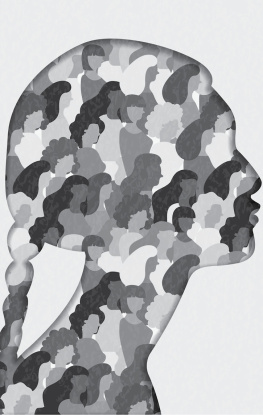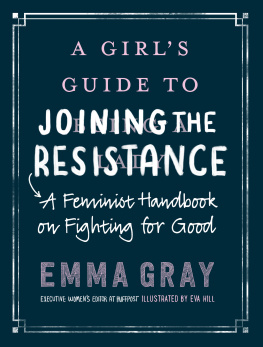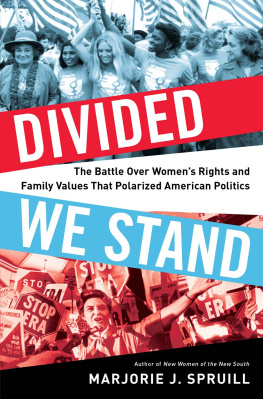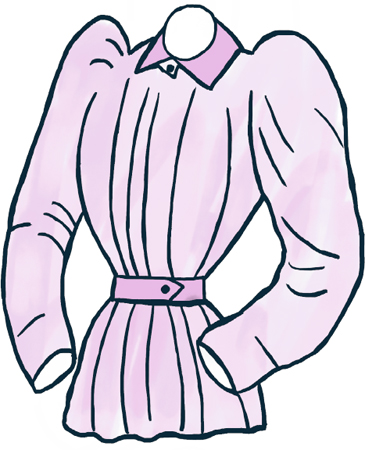Contents
Guide
Australia
HarperCollins Publishers Australia Pty. Ltd.
Level 13, 201 Elizabeth Street
Sydney, NSW 2000, Australia
www.harpercollins.com.au
Canada
HarperCollins Canada
2 Bloor Street East - 20th Floor
Toronto, ON M4W 1A8, Canada
www.harpercollins.ca
New Zealand
HarperCollins Publishers New Zealand
Unit D1, 63 Apollo Drive
Rosedale 0632
Auckland, New Zealand
www.harpercollins.co.nz
India
HarperCollins India
A 75, Sector 57
Noida
Uttar Pradesh 201 301
www.harpercollins.co.in
United Kingdom
HarperCollins Publishers Ltd.
1 London Bridge Street
London SE1 9GF, UK
www.harpercollins.co.uk
United States
HarperCollins Publishers Inc.
195 Broadway
New York, NY 10007
www.harpercollins.com
Contents
A GIRLS GUIDE TO JOINING THE RESISTANCE . Copyright 2018 by Emma Gray. All rights reserved under International and Pan-American Copyright Conventions. By payment of the required fees, you have been granted the nonexclusive, nontransferable right to access and read the text of this e-book on-screen. No part of this text may be reproduced, transmitted, downloaded, decompiled, reverse-engineered, or stored in or introduced into any information storage and retrieval system, in any form or by any means, whether electronic or mechanical, now known or hereafter invented, without the express written permission of HarperCollins e-books.
Illustrations copyright 2018 by Eva Hill.
FIRST EDITION
Cover design by Mumtaz Mustafa
Library of Congress Cataloging-in-Publication Data has been applied for.
Digital Edition FEBRUARY 2018 ISBN: 978-0-06-274809-6
Version 01312018
Print ISBN: 978-0-06-274808-9
TO ALL THE GIRLS WHO HAVE BEEN,
ARE, AND WILL BE BRAVE ENOUGH TO
FIGHT FOR OTHER GIRLS
O n the evening of November 22, 1909, several thousand garment workers squeezed into Cooper Unions Great Hall in New York City. The crowd was almost all women, many still in their teens.
They were there to discuss the poor working conditions that plagued their industrylow wages, inhumane hours, abusive and unsafe environmentsand whether they should call for a general strike among shirtwaist makers. This meeting was the culmination of a series of smaller strikes organized by female labor activists, several of which had led to arrests and violence against the picketing workers. The speakers slated for that evening included labor leaders such as the American Federation of Labors Samuel Gompers, the Womens Trade Union Leagues Leonora OReilly, and B. Feigenbaum of the Jewish Daily Forward. One after another, they expressed solidarity with the shirtwaist makers, talking at length about the terrible conditions the workers experienced, while failing to offer concrete actions.
Eventually, a slight twenty-three-year-old Ukrainian Jewish woman named Clara Lemlicherroneously described by reporters as a teenager, despite already being an experienced organizercould stand it no longer.
I want to say a few words, she yelled out, before delivering a short, powerful speech in Yiddish.
I have listened to all the speakers. I would not have further patience for talk, as I am one of those who feels and suffers from the things pictured. I move that we go on a general strike.
And they did.
The next morning 15,000 shirtwaist makers went on strike. By night, that number had grown to 20,000. Some estimate that as many as 40,000 shirtwaist makers eventually joined the movement.
This strike, known alternately as the Uprising of the 20,000 and (my personal favorite) the Revolt of the Girls,
In 1954, Lemlich, who remained an activist throughout her life, gave an interview about her early days as a labor organizer. What did I know about trade unionism? she said. Audacitythat was all I hadaudacity!
The 2016 presidential election felt, in some ways, like a referendum on the value of women (and people of color and immigrants and refugees and Muslims... the list goes on), one that we had lost. On the evening of November 9, I walked in a daze under the gray, drizzly haze that seemed to permeate New York City to meet three friends, all women who shared my single-minded desire to sit in a cozy, dark corner and plot the resistanceor at the very least feel a modicum of usefulness.
En route to the meet-up, I passed Cooper Union, which stands just around the corner from my officethe site of Clara Lemlichs speech, the place where she had refused to be silent and allow inaction 107 years before.
In the months following the presidential election, I found myself thinking a lot about women like Clarawomen who had the audacity to speak out and organize for change before it was possible to rally the masses with a viral hashtag or even cast a vote at the ballot box.
American history is filled with women who slowly but surely transformed the country. But since mens stories are the ones that tend to dominate our history books, we hear less about the contributions of these extraordinary women.
Women such as civil rights leader Diane Nash, who cofounded the Student Nonviolent Coordinating Committee (SNCC) and was instrumental in organizing sit-ins and Freedom Rides to protest segregation in the South.
Or Sarah and Angelina Grimk, white Quaker sisters and abolitionists, who were the first women to testify on the issue of black American rights before a state legislature. They spent much of their lives speaking publicly against slavery, even debating mensomething that was nearly unheard of at the time.
Or Sylvia Rivera, who at the age of seventeen was one of the drag queens who fought back against police when they came to raid the Stonewall Inn, helping start the seminal 1969 Stonewall riots. According to the New York Times, as the riot began, Sylvia yelled: Im not missing a minute of thisits the revolution!
Or human rights and antiracism activist and author Grace Lee Boggs, the daughter of Chinese immigrants, who grew up to adopt the teachings of Dr. Martin Luther King Jr. and hosted Malcolm X at her Detroit home.
As OG feminist icon Gloria Steinem once said: Power can be taken, but not given. The process of the taking is empowerment in itself. Each one of these trailblazing women took power where none was bestowed.
Today women are getting to watch that process of the taking play out right in front of their eyes. Necessitated by a political moment that is distinctly hostile to womens rights, women are leading the resistancefrom the courts to the streets to Hollywood to the halls of Congress.
Senators such as Kamala Harris, Elizabeth Warren, and Kirsten Gillibrand are persisting like the nasty women they are. Alicia Garza, Opal Tometi, and Patrisse Cullorsthe women behind Black Lives Matterare channeling their movements energy into combating an administrations open disdain for black and brown lives. Womens March national cochairs Tamika Mallory, Linda Sarsour, Bob Bland, and Carmen Perez are turning the massive energy the world witnessed on January 21, 2017, into a movement with true staying power.
And its not just the most visible leaders of this resistance that matter. Not only has progressive activism surged overall since November 2016, but women are more likely than their male counterparts to write and call Congress, march and protest, and express an intention to get more involved in the coming years. American women of all ages are showing up and doing the work and giving a fuck.
Next page
